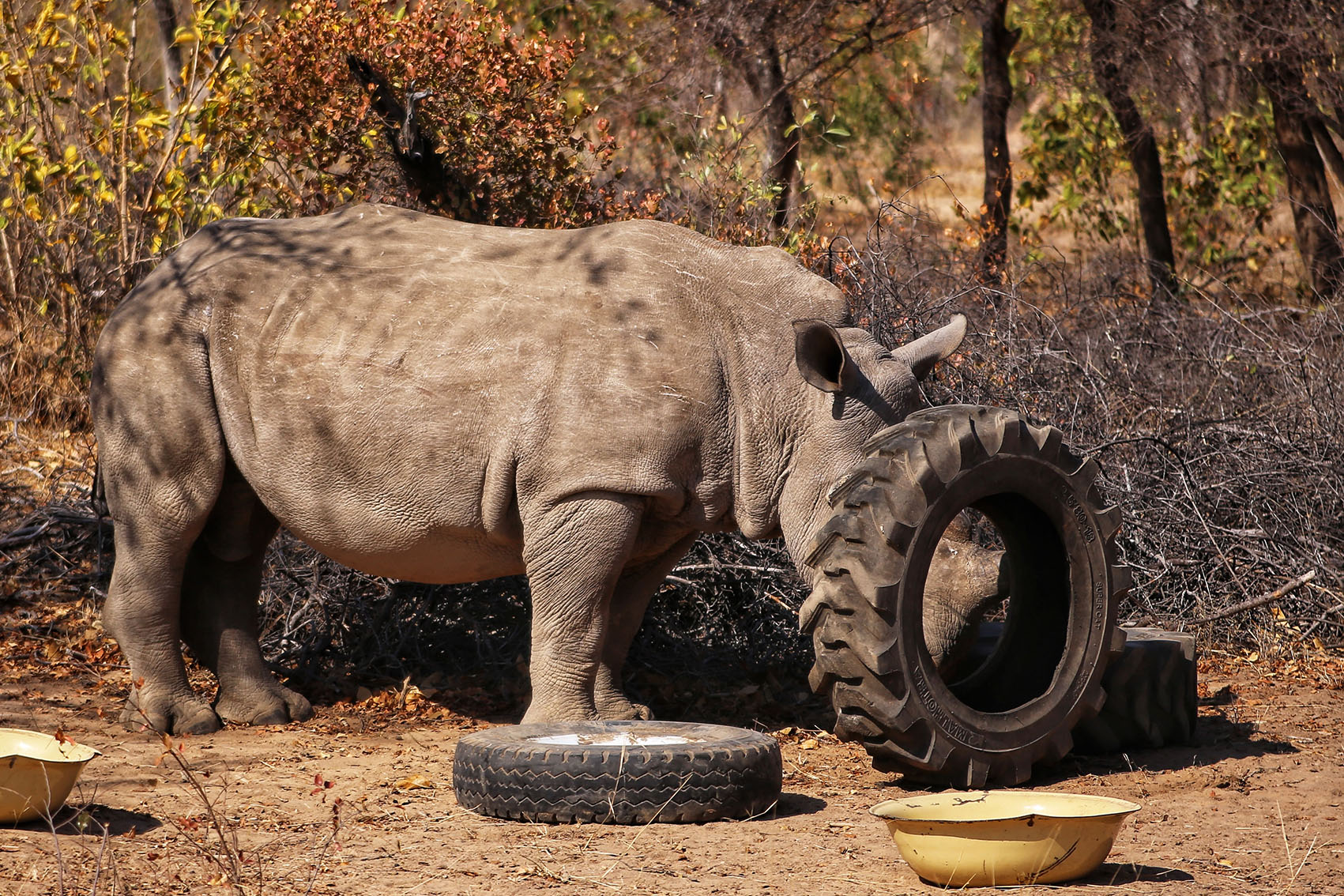Our primary task is to remove the invasive species out as well as boosting the native species growing. Although the previous actions have been taken to control the invasive species by manual control such as cutting off the invasive species or pulling out their root system, the early-successional forest is highly affected by external conditions including the complex food webs, diversified species and so on (Swanson et.al 2011). Hence, more attention and maintenances should be paid to this stage. This will require regular removal and monitoring by the community or other volunteers. We expect the willow and red-twig dogwood could provide enough canopy over the invasive species, then the native shrubs could be planted to prevent the re-occurrence of reed canarygrass. Herein, special care should be taken to the density of the trees considering the full growth of them.
The second goal is to improve ecosystem function including both the terrestrial and aquatic ecosystems. The basic riparian functions such as large woody debris can be obtained from coniferous trees (British Columbia Ministry of Environment 2006). As for the biologically diversity, on the basis of maintaining the original native species, a variety of native wetland species could be planted to be beneficial to the hydrologic functions. The lower canopy filled with diversified native species will provide food and habitat to the local fauna.
In consideration of erosion control, it is important to make sure the soil is kept firmly by the native groundcover species. The staking around along the pound edge could be helpful, too. The staking material could be obtained from the mature coniferous forest in the future. In addition to this, piggy-back plant could be planted to help resisting the disturbance such as fire or flood (Piggyback plant…2013).
The last task is to engage the whole community in this restoration plan. Once the primary preparation has been done, the site will require periodical monitoring and observation to keep the invasive specious out, remove the garbage on site and maintain the expected effect. We expect this could not only rely on the volunteers’ work, but also engage the visitors’ help. As the view would surely attracted a bunch of bikers, hikers, dog walkers and other visitors, a small sign could be installed to warn them the harm to the environment by their litter left. In the future, if it is necessary, the actions to decrease the human impact on this restoration site such as planting thicket-forming vegetation around the restoration site of the most protection needed could be taken. Besides, some irregular educational event could be held to increase the awareness of the restoration plan.
We expect this project effect will last for 100-200 years, and at that time, the forest could grow into a mature coniferous forest similar to the surrounding natural forest. This will provide abundant food and habitat for the local fauna and flora. This site could have lasting educational effect on the subsequent stewardship plan participants.








Leave A Comment